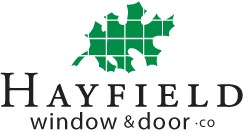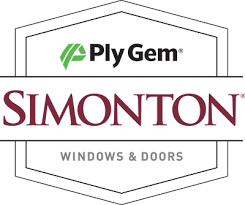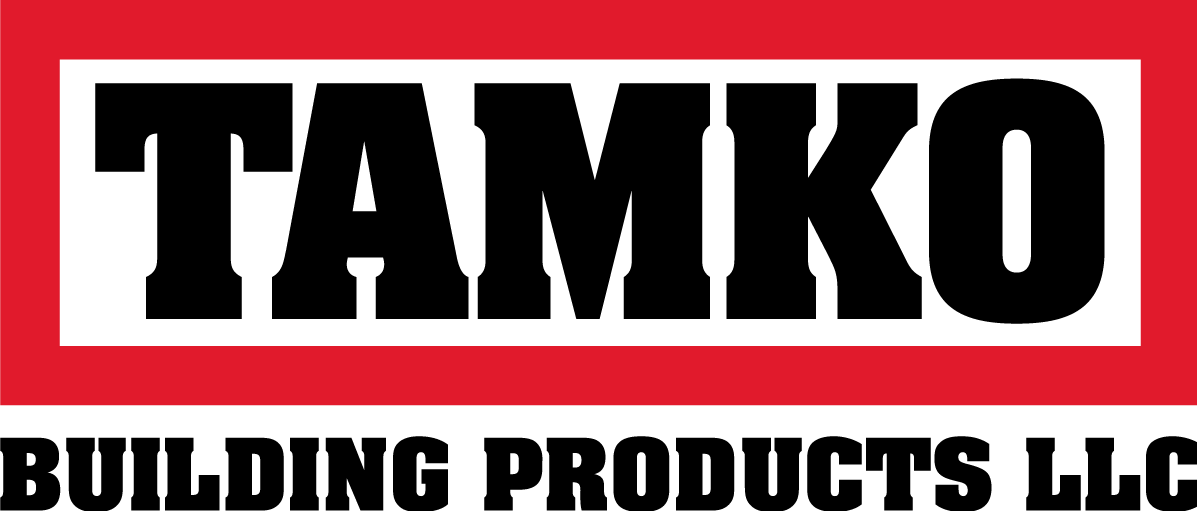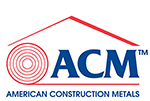When it comes to choosing the right material for your home’s exterior, fiber cement siding has become a popular option for homeowners looking for durability, versatility, and aesthetic appeal. But what exactly is fiber cement siding? In this article, we will explore its features, benefits, and why it's a great choice for your home.
What Is Fiber Cement Siding?
Fiber cement siding is a composite material made from a combination of cement, sand, water, and cellulose fibers. The result is a durable, weather-resistant, and fire-resistant product that can mimic the look of traditional siding materials such as wood, stone, or stucco. The manufacturing process involves mixing these materials into a paste that is pressed into panels or planks, then cured to create a strong, long-lasting exterior option for your home.
Key Characteristics of Fiber Cement Siding:
Durable: Built to withstand the toughest elements, from extreme temperatures to heavy rainfall.
Low Maintenance: Requires minimal upkeep over the years.
Versatile: Available in various textures, colors, and finishes to suit a wide range of architectural styles.
Eco-Friendly: Made from natural, sustainable materials that are environmentally friendly.
Also Read: Can You Paint Aluminum Siding? A Complete Homeowner’s Guide
Why Choose Fiber Cement Siding?
1. Exceptional Durability
Fiber cement siding is known for its strength and durability. Unlike wood, which can rot or become infested with termites, fiber cement is resistant to both. It won’t warp, crack, or swell like wood or vinyl siding. In fact, fiber cement can withstand harsh weather conditions, including high winds, heavy rain, and extreme temperatures. This makes it an excellent option for homeowners who live in areas with fluctuating weather patterns.
2. Fire Resistance
Unlike traditional wood siding, which can catch fire in high-heat situations, fiber cement siding is non-combustible. This fire-resistant quality provides added protection for your home, reducing the risk of fire damage. It is a particularly attractive feature for homeowners in areas that are prone to wildfires or frequent heatwaves. For more on how fiber cement siding compares to other materials in terms of fire resistance, see James Hardie’s Installation Guidance
3. Aesthetic Appeal
Fiber cement siding is highly customizable. It comes in a range of textures, colors, and finishes, allowing you to achieve the look of wood, stone, or brick at a fraction of the cost. Whether you prefer the classic look of a painted finish, the rustic charm of wood grain, or the sleek appearance of smooth panels, fiber cement siding offers a wide array of choices to suit your home's design.
4. Low Maintenance
One of the most attractive features of fiber cement siding is its low maintenance requirements. Unlike wood, which needs to be painted and sealed regularly to prevent rot, fiber cement siding requires far less attention. It is resistant to pests and decay, and a simple wash with a hose and mild detergent is typically all that’s needed to keep it looking fresh.
How Is Fiber Cement Siding Installed?
Fiber cement siding is a heavy material, so professional installation is highly recommended. Installation typically involves securing the panels or planks to the frame of the house with nails or screws. The process can take a few days, depending on the size of your home, but the results are long-lasting and worth the investment.
Professional installers ensure the siding is properly sealed and aligned, preventing moisture from getting behind the panels and causing damage. If you are interested in installing fiber cement siding, be sure to work with a reputable contractor who has experience handling this type of material.
Fiber Cement Siding Maintenance Tips
Although fiber cement siding requires minimal maintenance, it’s still important to periodically check its condition. Here are a few simple maintenance tips:
1. Clean Regularly
To keep your siding looking its best, wash it once or twice a year using a garden hose, soft brush, and mild detergent. Avoid using a pressure washer as it can damage the siding and remove the paint.
2. Inspect for Damage
Check your siding every year for signs of damage or wear, especially after harsh weather. Look for cracks or chips in the paint and ensure that all panels are securely fastened. Early detection of problems can help prevent costly repairs down the road.
3. Repaint When Needed
Although fiber cement siding requires less frequent painting than wood, it may need to be repainted every 10-15 years depending on your climate and the quality of the original paint. When repainting, make sure to use high-quality, exterior-grade paint to ensure the siding remains protected.
Cost Considerations
Fiber cement siding can be more expensive upfront than vinyl siding or wood, but it’s a long-term investment that can add significant value to your home. The higher initial cost is offset by its durability and low maintenance needs. Over time, you’ll save money on repairs and replacements, making it a cost-effective option in the long run.
The cost of fiber cement siding varies depending on the brand, style, and size of the panels. On average, you can expect to pay between $5 and $14 per square foot for materials and installation.
Conclusion: Is Fiber Cement Siding Right for Your Home?
If you're looking for a durable, low-maintenance, and aesthetically versatile siding option, fiber cement siding is an excellent choice. It offers superior protection against the elements, including fire, pests, and moisture, and comes in a variety of styles to suit any architectural design. Whether you're building a new home or renovating your current one, fiber cement siding provides the perfect blend of form and function.
Ready to upgrade your home’s exterior with fiber cement siding? Contact Knutson Partners for professional siding installation and more.
For more information about fiber cement siding or to get a quote for your home improvement project, visit Knutson Partners today!
